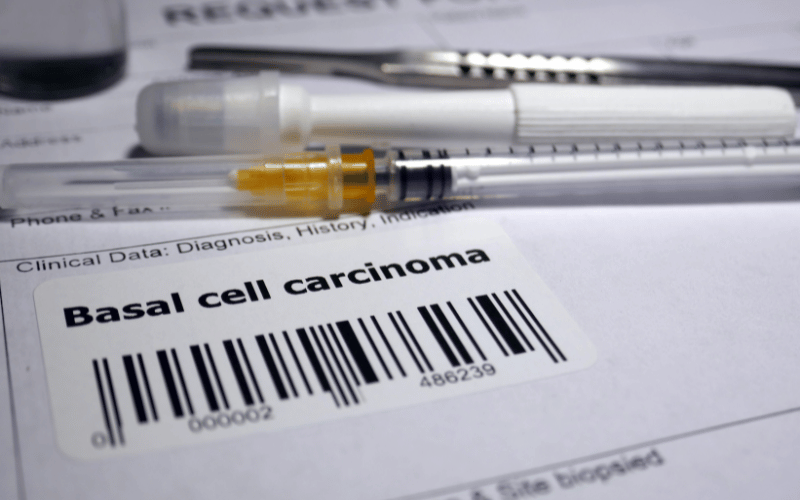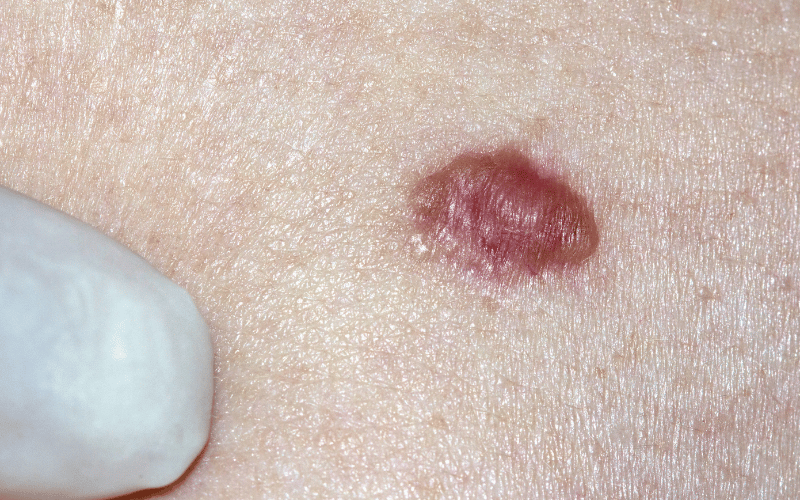Introduction: BCC Unveiled

Basal-cell carcinoma (BCC) is the most common skin cancer type globally, often manifesting itself as a seemingly harmless bump or patch on the skin. While the term ‘carcinoma’ can be alarming, BCC is typically a slow-grower, offering ample time for detection and treatment.
However, its deceptive nature can sometimes result in significant disfigurement, particularly if overlooked. In our journey today, we will explore the three main types of BCC. These are nodular, superficial, and morpheaform. Each has its distinct attributes, risks, and treatment recommendations. An in-depth understanding of these forms will not only demystify BCC but also equip individuals with the knowledge to identify and address it promptly.
It’s worth noting that though BCC is overwhelmingly treatable, it’s the knowledge about its types and manifestations that plays a pivotal role in timely detection. As is often the case with most health conditions, early detection can be a game-changer. Armed with the right knowledge, individuals can ensure timely consultations and possibly avoid more invasive treatments down the line.
1. Nodular Basal-Cell Carcinoma: The Deceptive Bump

Nodular BCC, a silent player in the field of skin cancers, holds the title of the most commonly diagnosed type. Its signature presentation: a shiny bump or nodule, often lures individuals into a sense of benign neglect.
These subtle, unassuming nodules predominantly mark their territory on areas like the face, neck, or ears, easily passing off as harmless moles or age-related skin changes. Yet, the story they unveil, upon closer examination, often reveals more sinister plots.
At a closer look, these nodules are intriguing in their diversity. They predominantly range in colors, presenting a spectrum from pink and red to skin-toned shades. The placement, especially around the facial region like the nose, gives them a strategic advantage in being easily overlooked.
However, their chameleon-like nature can sometimes adopt a darker hue. This change, albeit rare, potentially sets the stage for them being mistaken for a more threatening skin condition: melanoma.
As time ticks on, these nodules don’t remain stagnant. They evolve. A discerning eye might notice a central depression forming, giving the nodule a crater-like appearance.
This transformation, if left unchecked, can take an ulcerative turn, causing discomfort, bleeding, and potential scarring. The deceptive benign appearance of the early stages of nodular BCC often leads to a delay in diagnosis. Such delays can be detrimental, paving the way for deeper tissue invasion and subsequent complications.
When it comes to counteracting nodular BCC, medical science has armed itself with several tools. Excisional surgery, a direct approach, aims at removing the nodule along with a margin of healthy tissue.
Mohs surgery, named after its inventor, Dr. Frederic Mohs, is a more precision-based method. It’s especially favored when dealing with BCC in cosmetically sensitive or functionally critical areas.
Another warrior in the arsenal is Electrodesiccation and curettage. This dual-action method first involves the surgical scraping of the lesion, followed by electrical desiccation, ensuring the destruction of residual cancer cells. (1)